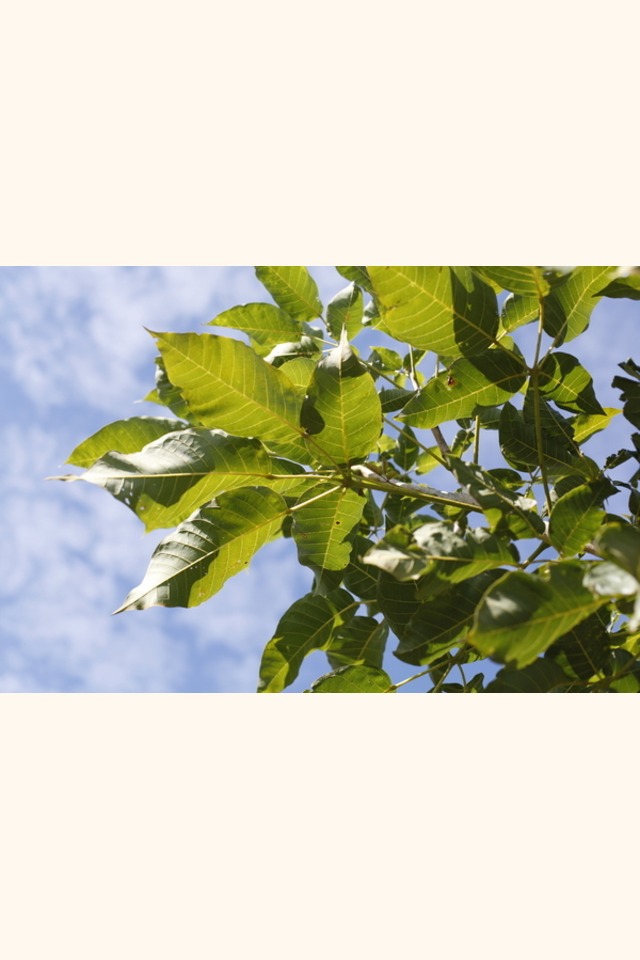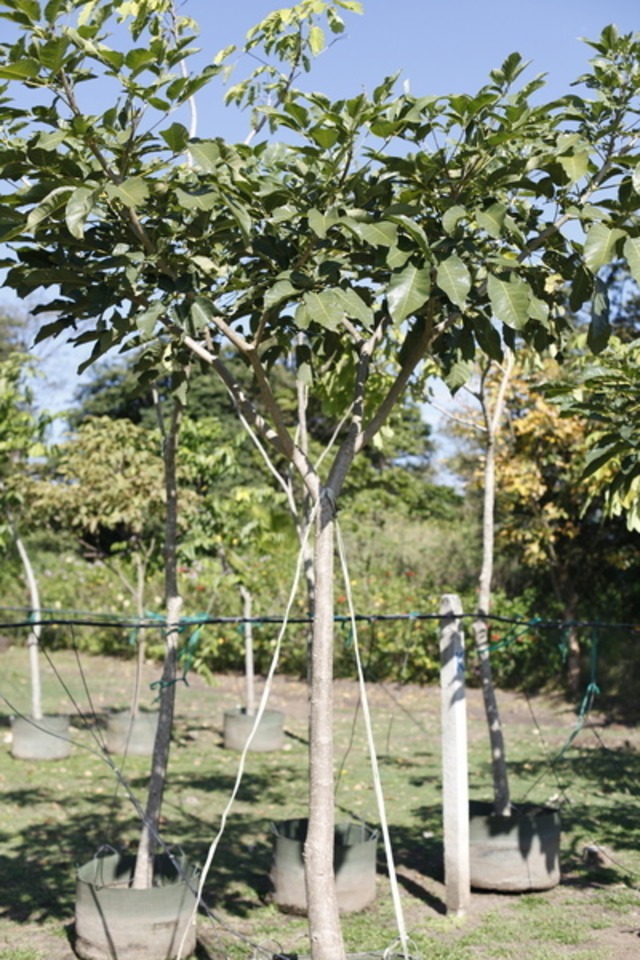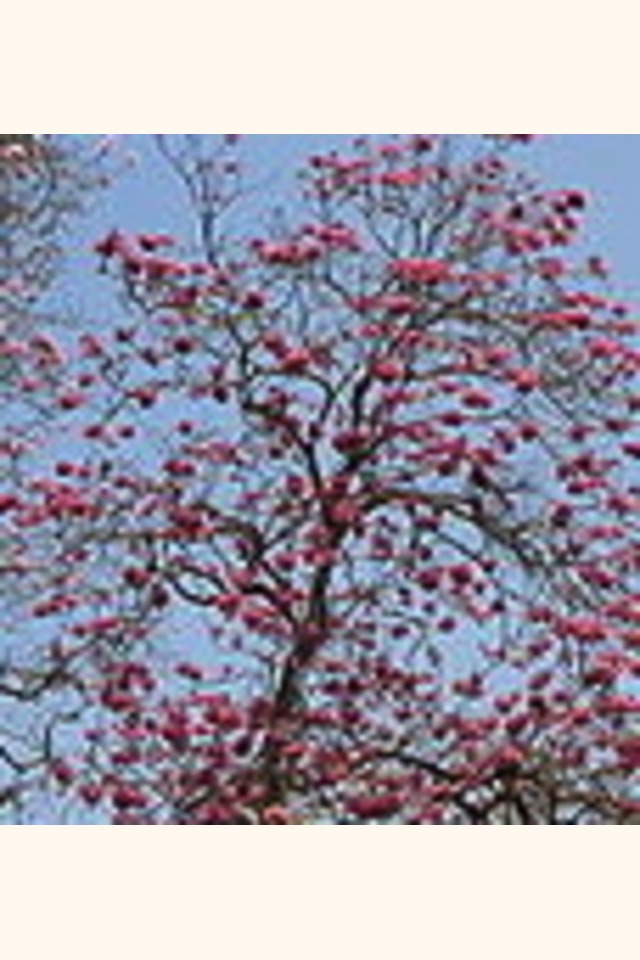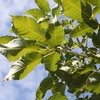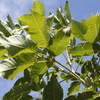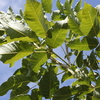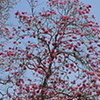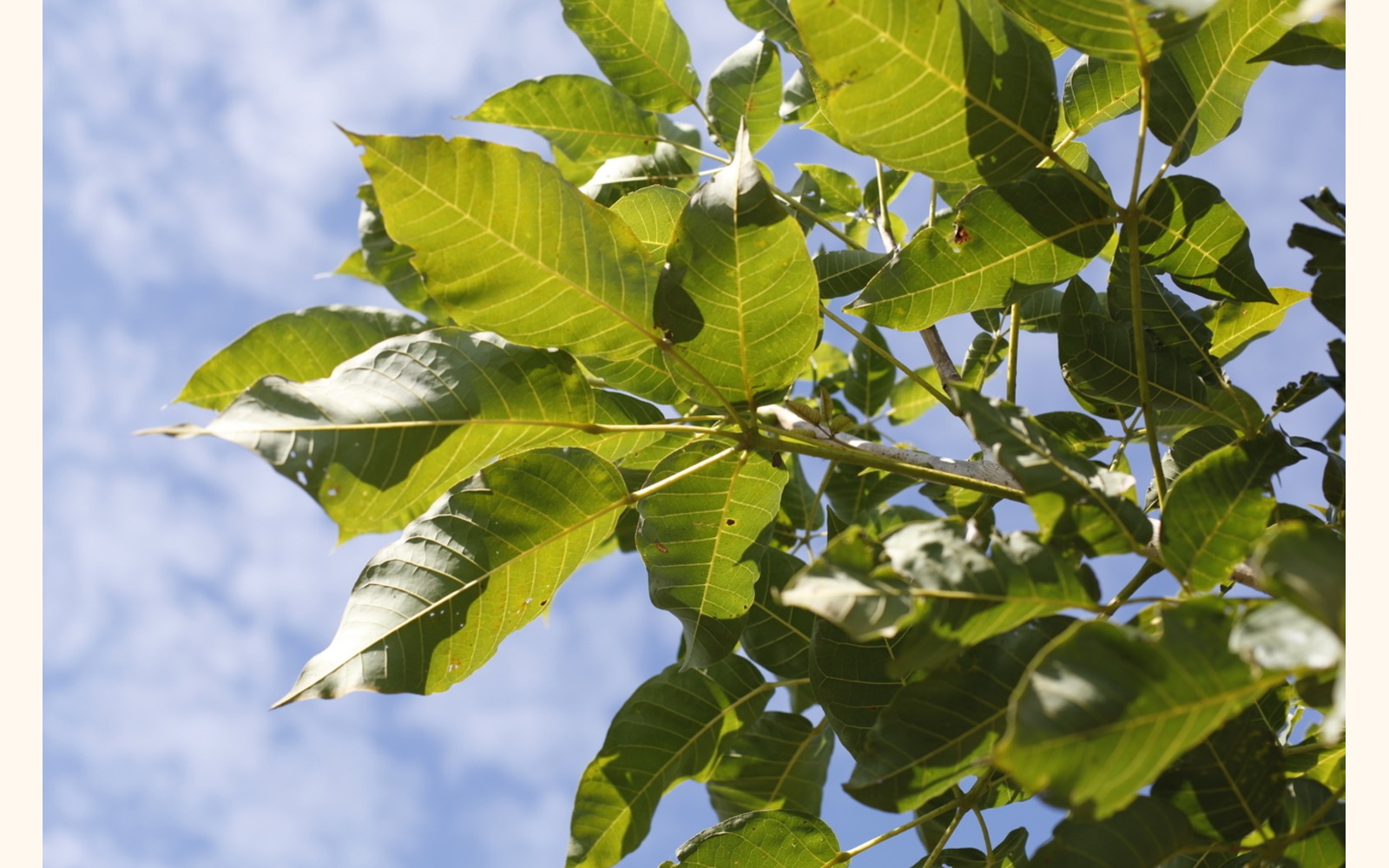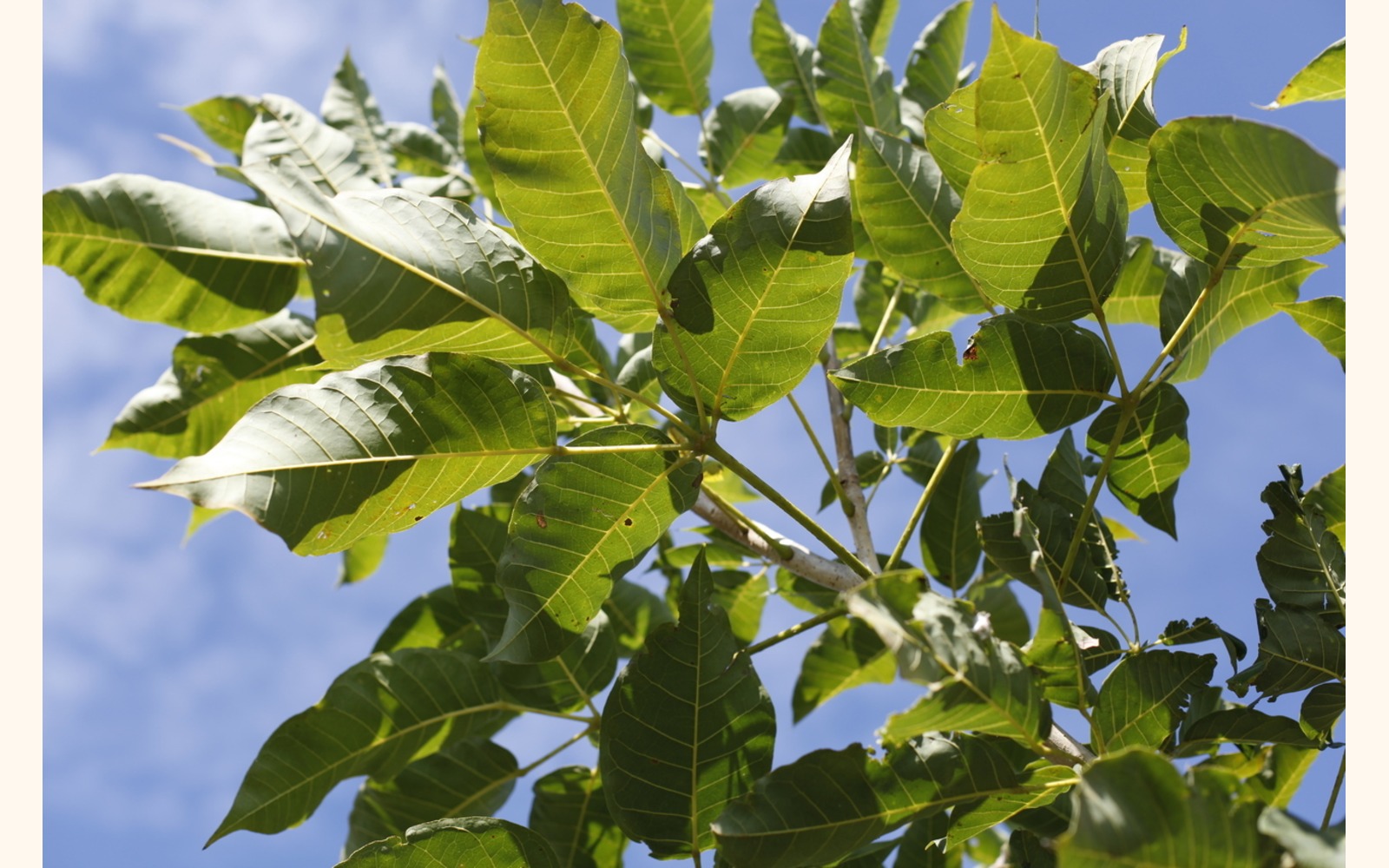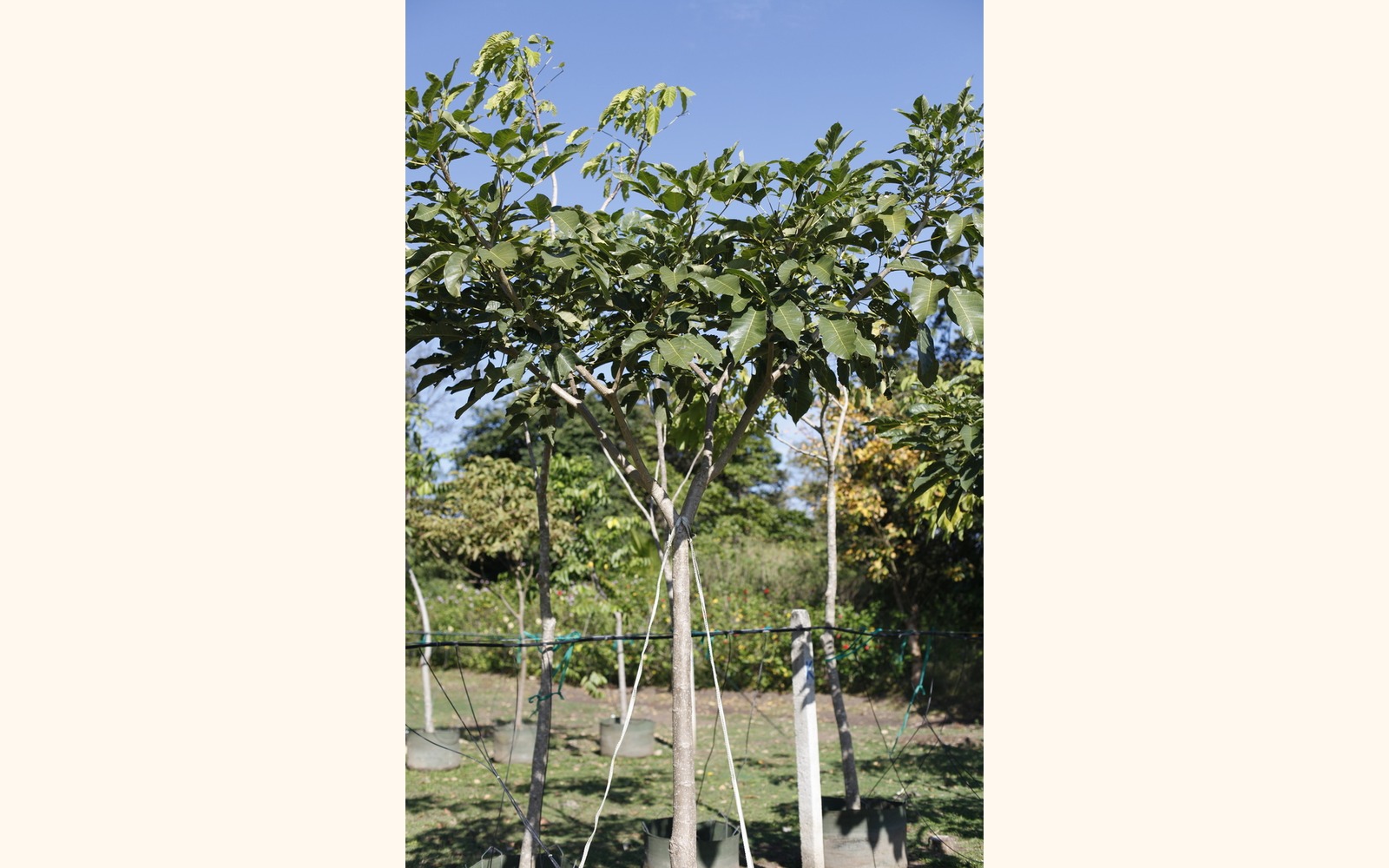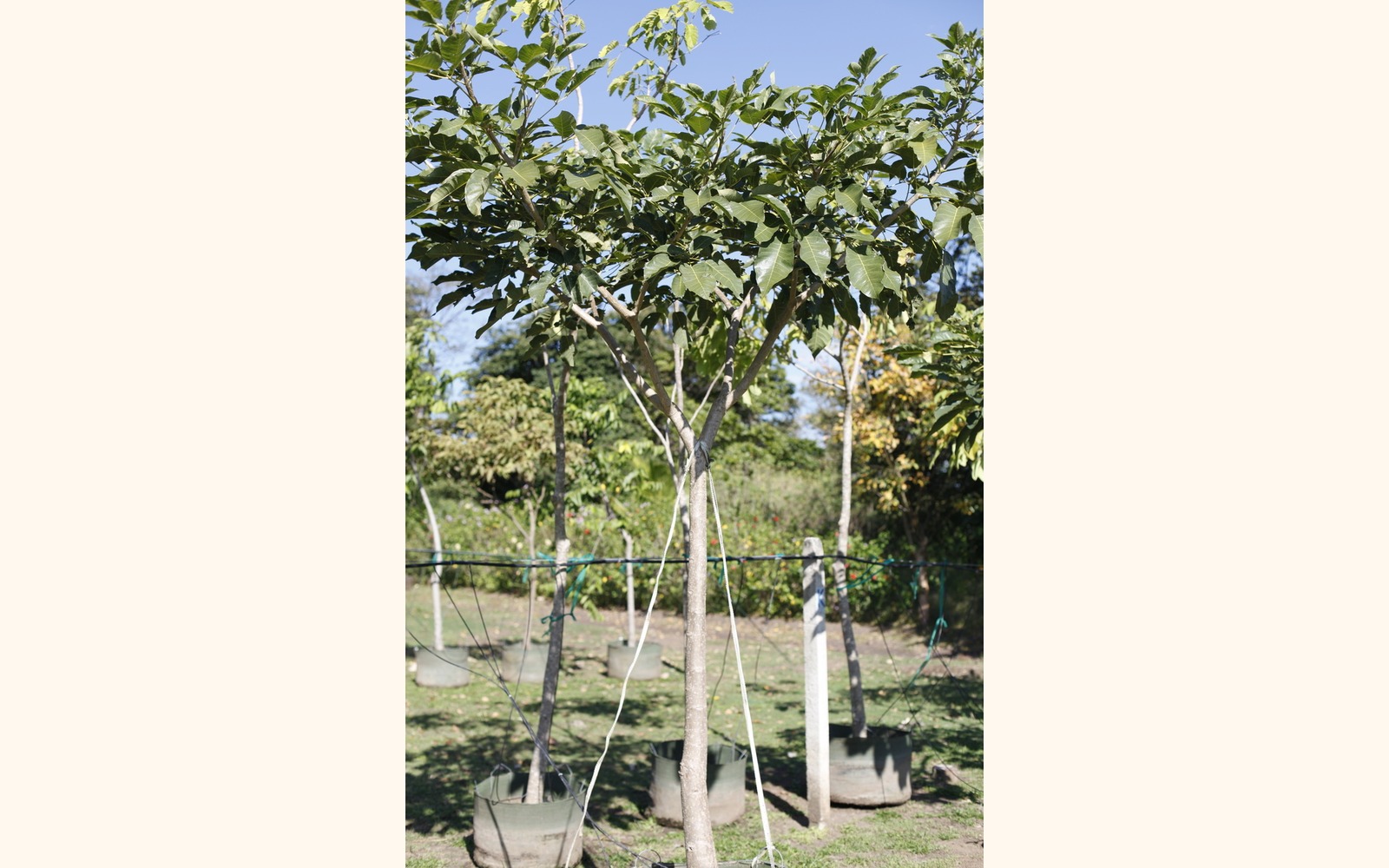
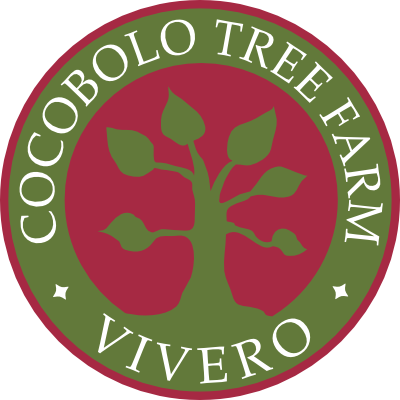
Plants > Ornamental & Shade Trees > Pink trumpet tree, Savannah oak,
Pink trumpet tree, Savannah oak, , Roble de Sabana
Often planted in parks and gardens. It has beautiful crown of pink flowers during the dry season and offers wonderful shade during the rainy season.
"The tree crown is wide, with irregular, stratified ramification and only few thick branches. The bark can be gray to brown, in varying darkness and may be vertically fissured. Leaves are compound,digitate and deciduous. Each leaf has five leaflets of variable size, the middle one being the largest. Flowering occurs mainly in January and February, and is generally associated with dry periods; although flowering has also been observed in August, September, April and May. Flowers are large, in various tones of pink to purple, and appear while the tree has none, or very few, leaves. Pollination occurs probably by insects, although the flowers are visited by many birds such as tanagers, hummingbirds and orioles. " Wikipedia source unknown
Additional Information
Benefits | Desirability
Preparations of the cortex of the tree are consumed to eliminate intestinal parasites, malaria and uterine cancer. A decoction of the cortex is recommended for anemia and constipation. A decoction of the flowers, leaves and roots has been used to reduce fevers and pain, cause sweating, to treat tonsil inflammation and various other disorders.[1]
Among the various active phytochemicals in the tree is lapachol, a natural organic compoundisolated from various other Tabebuia species[2] Chemically, it is a derivative of naphthoquinone, related to vitamin K.
Once studied as a possible treatment for some types of cancer, lapachol's potential is now considered low due to its toxic side effects.[3][4][5][6] Lapachol also has antimalarial and antipanasomal effects.[7]
References[edit source | editbeta]
- ^ a b Hernan Rodriguez Navas. 2007. La Utilidad de las Plantas Medicinales en Costa Rica. EUNA, Heredia, Costa Rica. 213pp.
- ^ Record, Samuel J. Lapachol. Tropical Woods (1925), 1 7-9.
- ^ Felício AC, Chang CV, Brandão MA, Peters VM, Guerra Mde O (2002). "Fetal growth in rats treated with lapachol". Contraception 66 (4): 289–93. doi:10.1016/S0010-7824(02)00356-6.PMID 12413627.
- ^ Oral toxicology studies with lapachol. Morrison, Robert K.; Brown, Donald Emerson; Oleson, Jerome J.; Cooney, David A. Toxicology and Applied Pharmacology (1970), 17(1), 1-11.
- ^ Guerra Mde O, Mazoni AS, Brandão MA, Peters VM (2001). "Toxicology of Lapachol in rats: embryolethality". Brazilian journal of biology = Revista brasleira de biologia 61 (1): 171–4.PMID 11340475.
- ^ de Cássia da Silveira E Sá R, de Oliveira Guerra M (2007). "Reproductive toxicity of lapachol in adult male Wistar rats submitted to short-term treatment". Phytotherapy research : PTR 21 (7): 658–62. doi:10.1002/ptr.2141. PMID 17421057.
- ^ Gupta, M. 1995. 270 Plantas Medicinales Iberoamericanas. Santa Fe de Bogata. Convenio Andres Bello.
Wikipedia
References
http://en.wikipedia.org/wiki/Tabebuia_rosea
?http://www.flowersofindia.net/catalog/slides/Pink%20Trumpet%20Tree.html
Tags
native,









